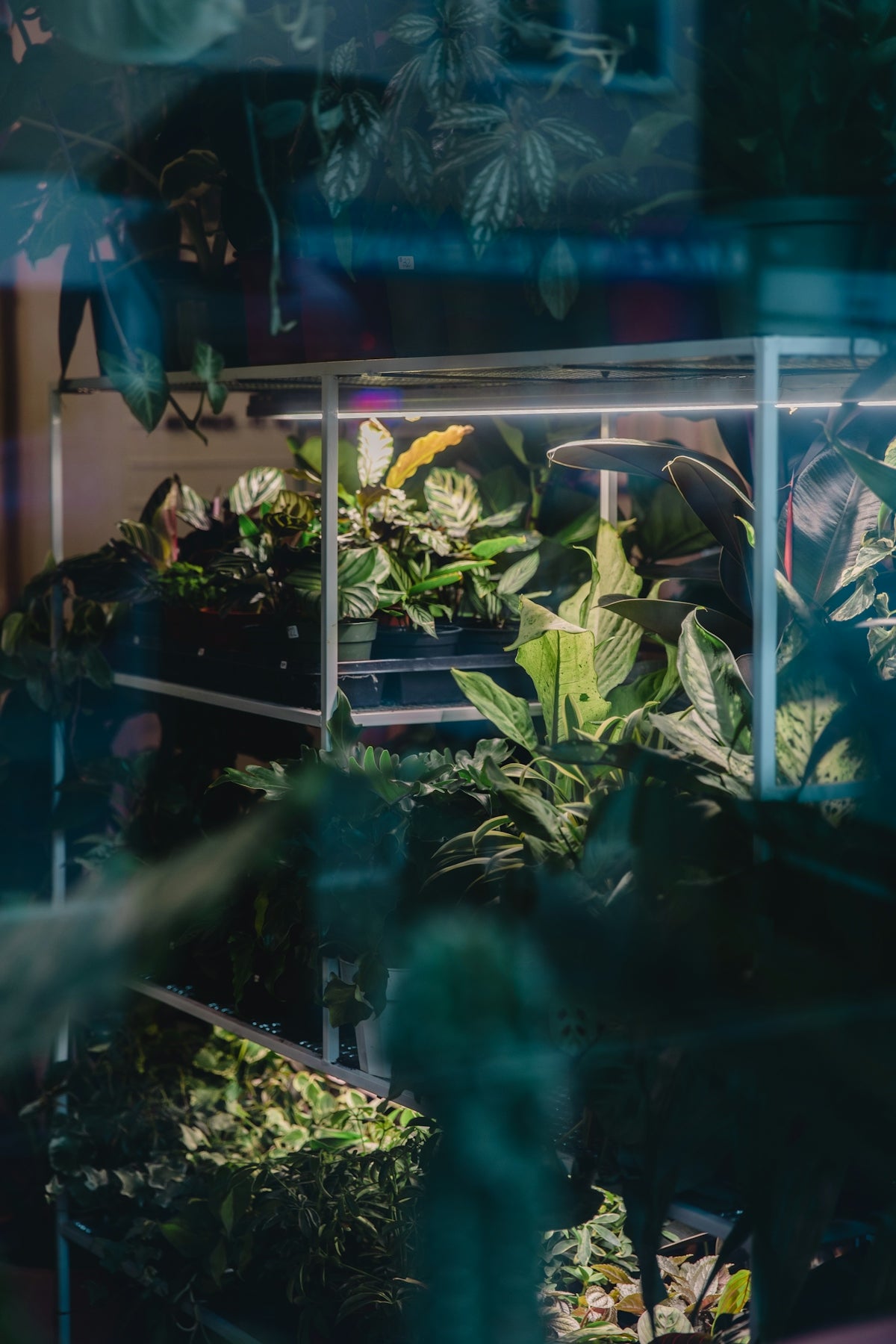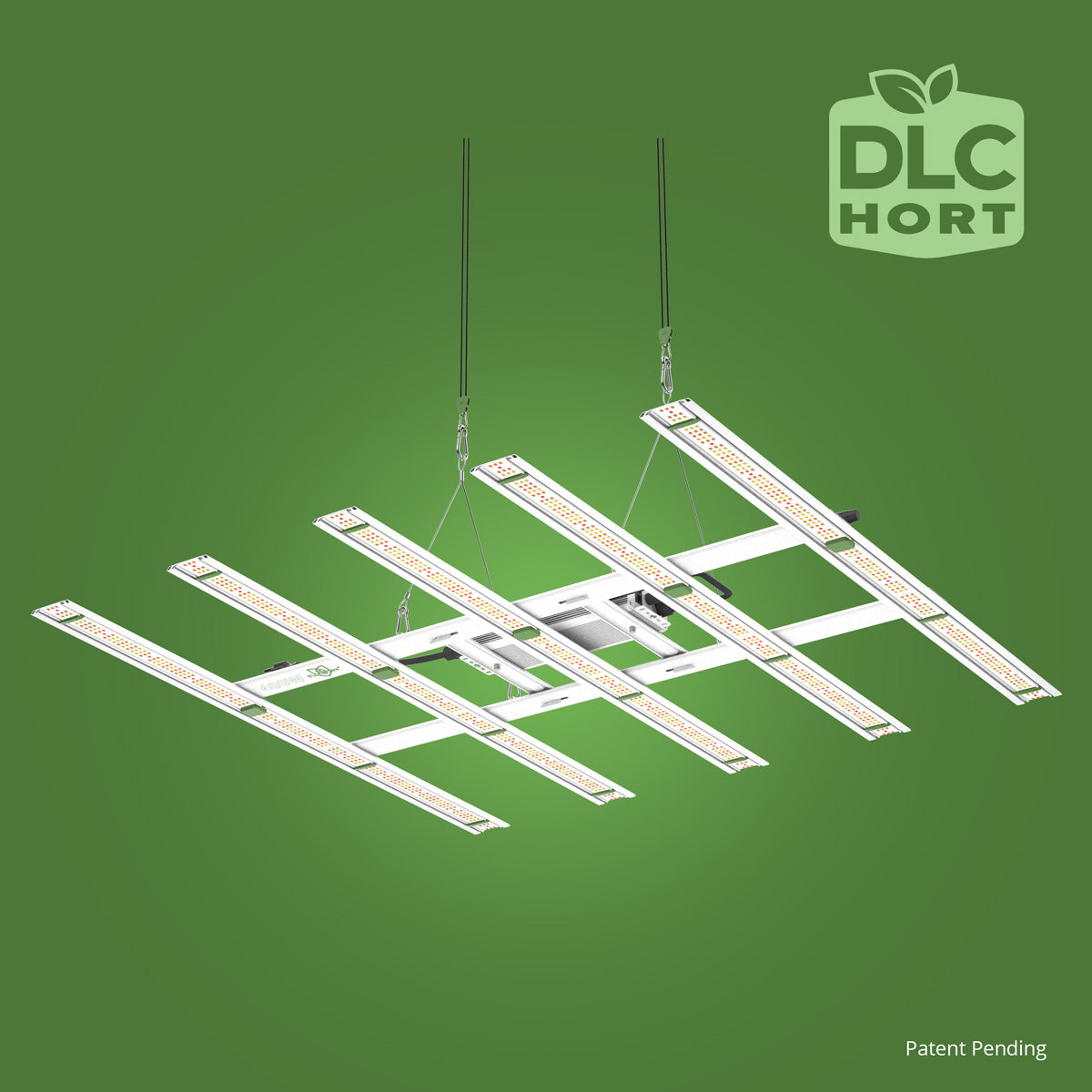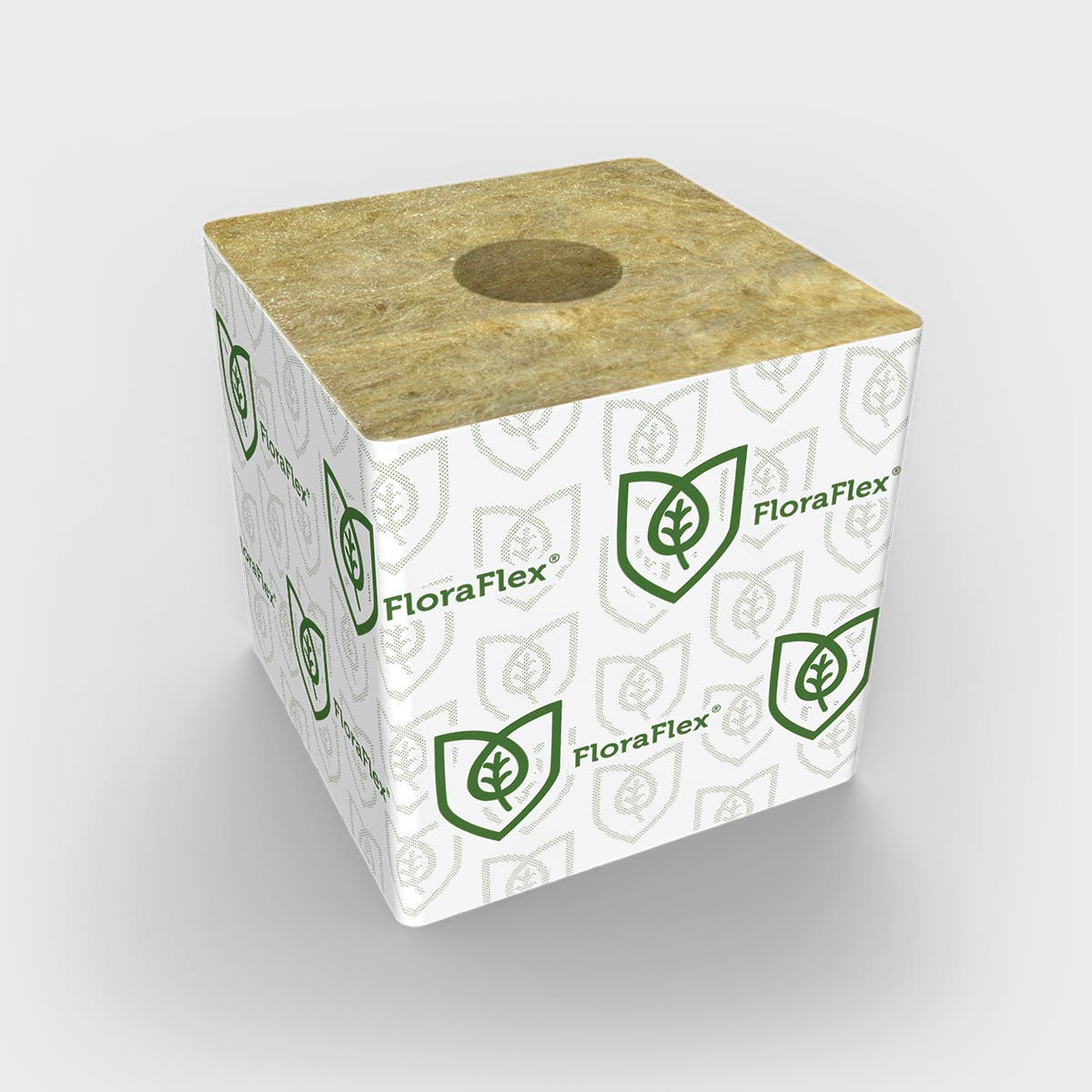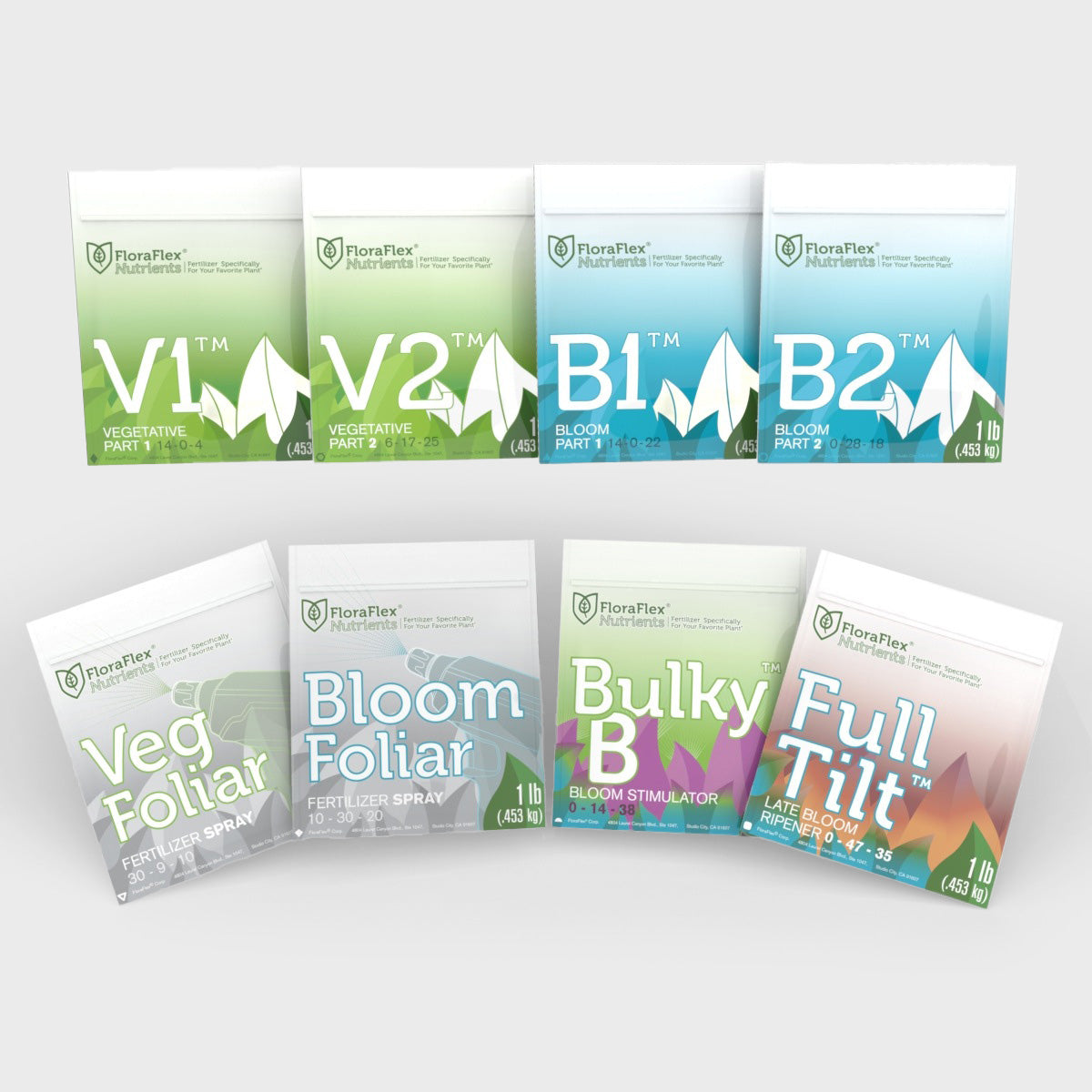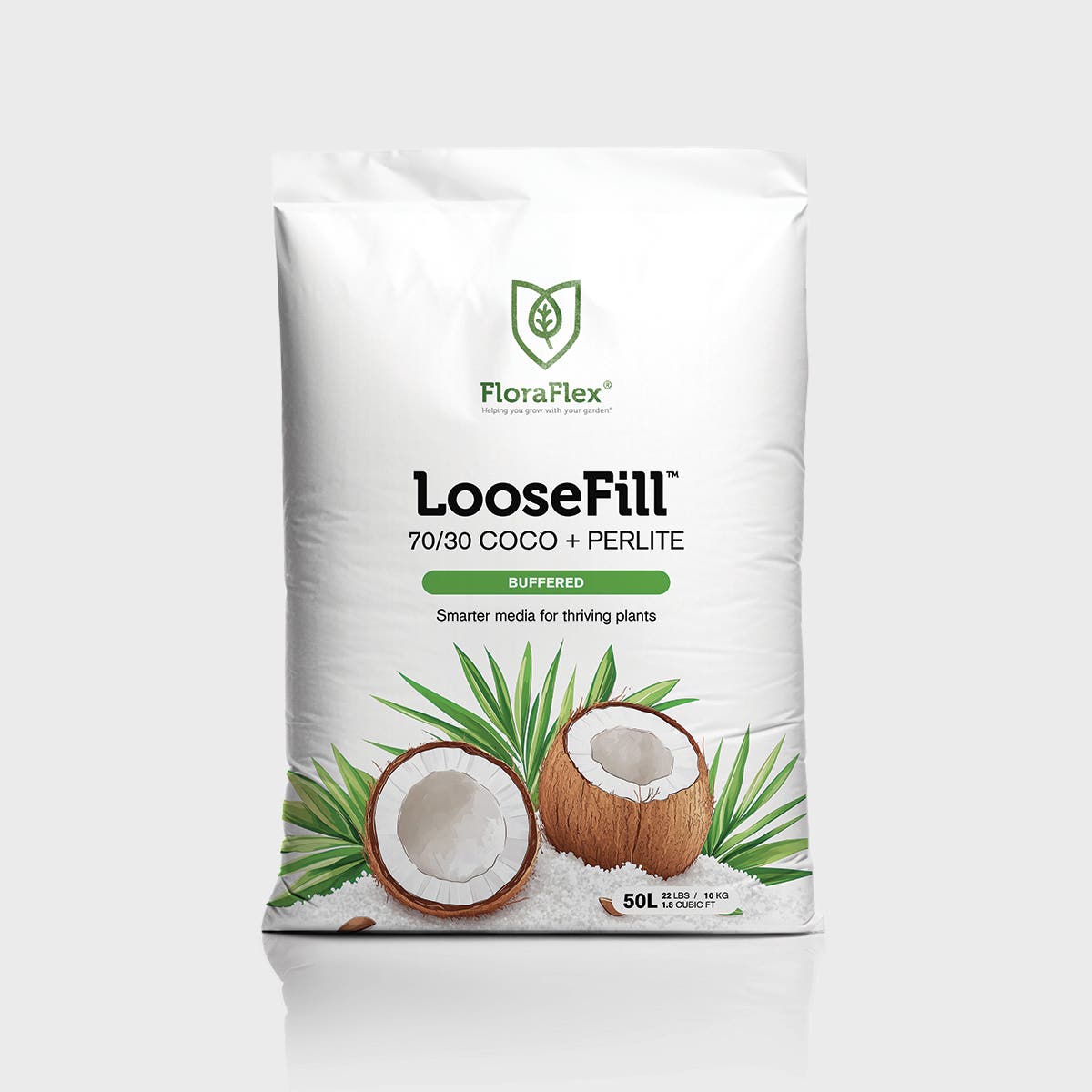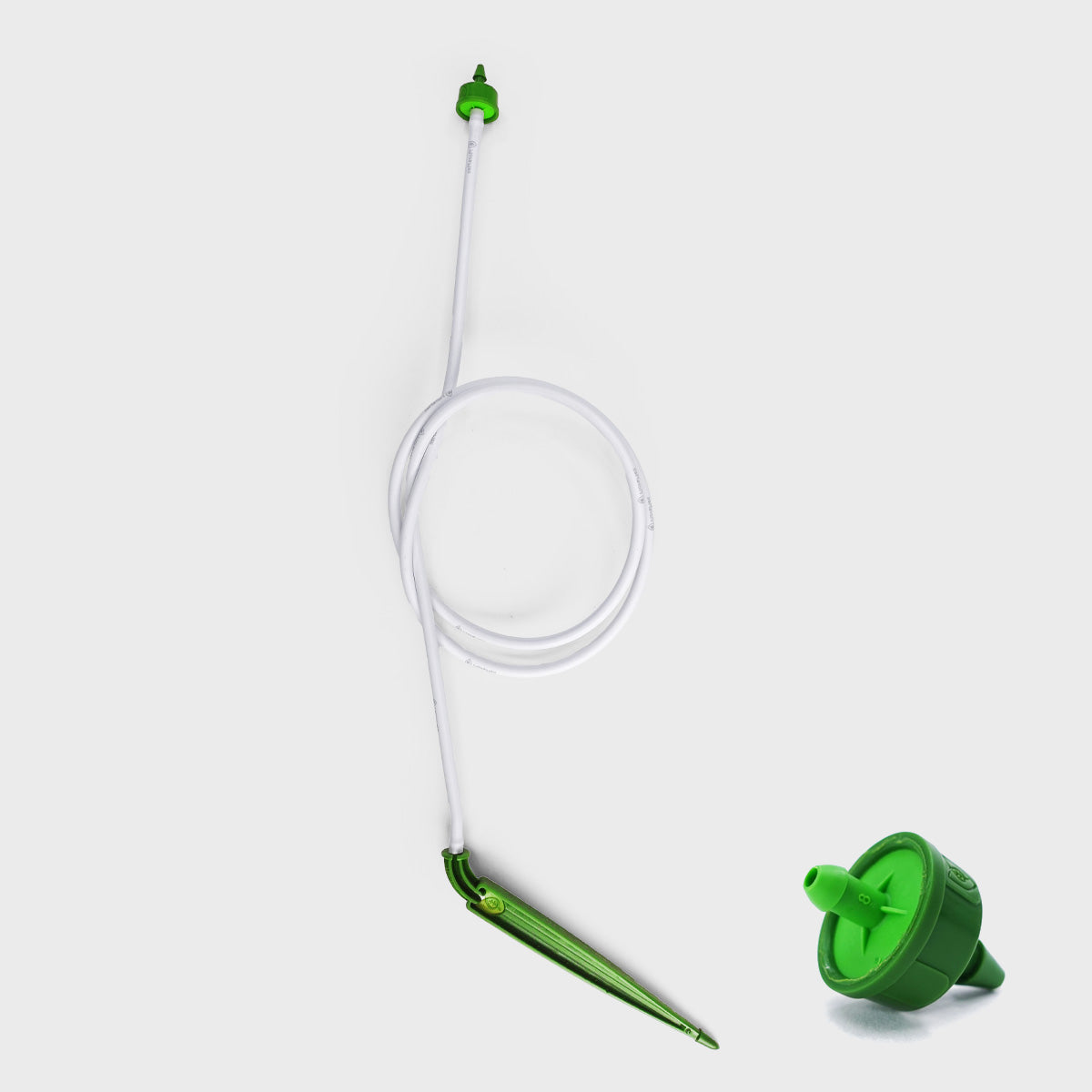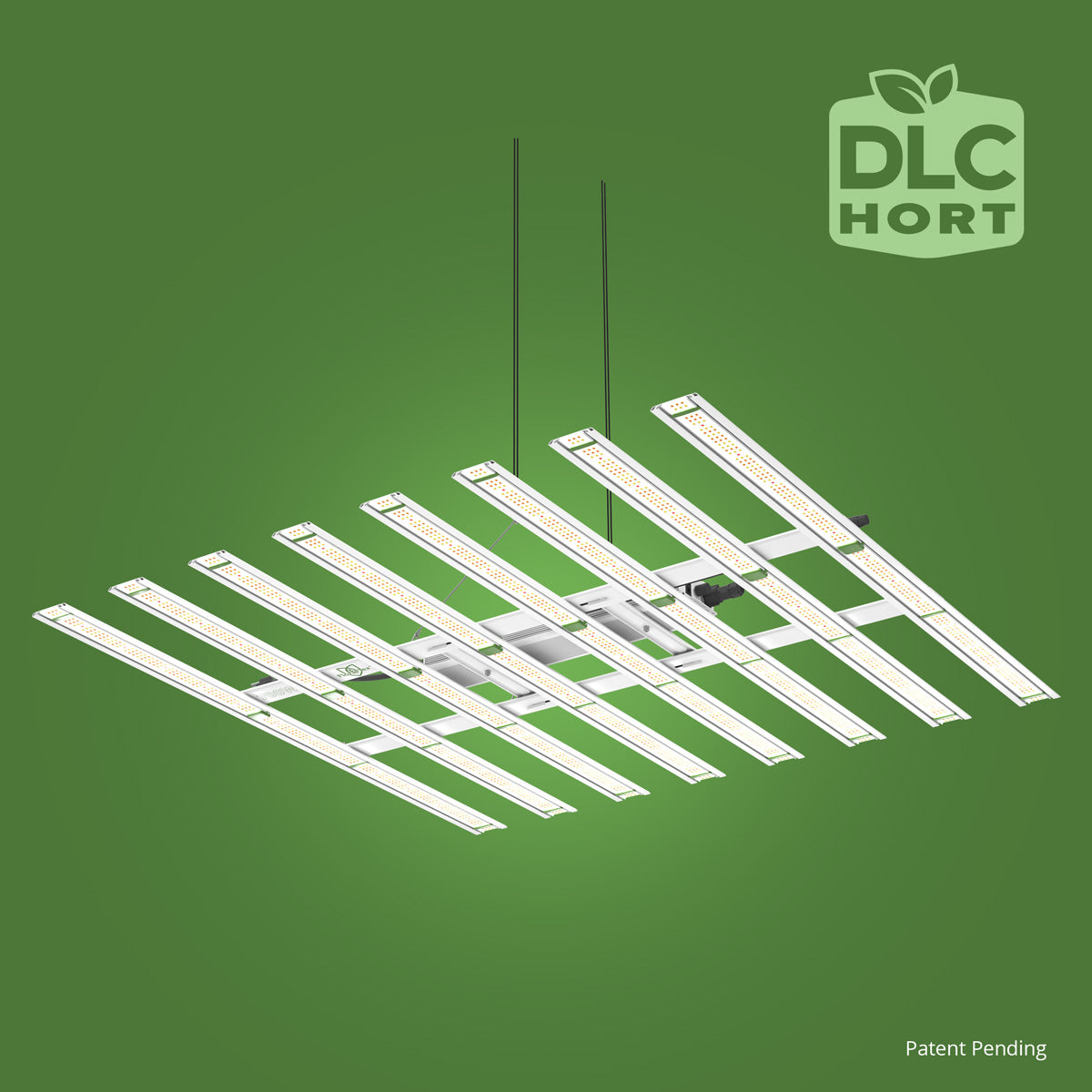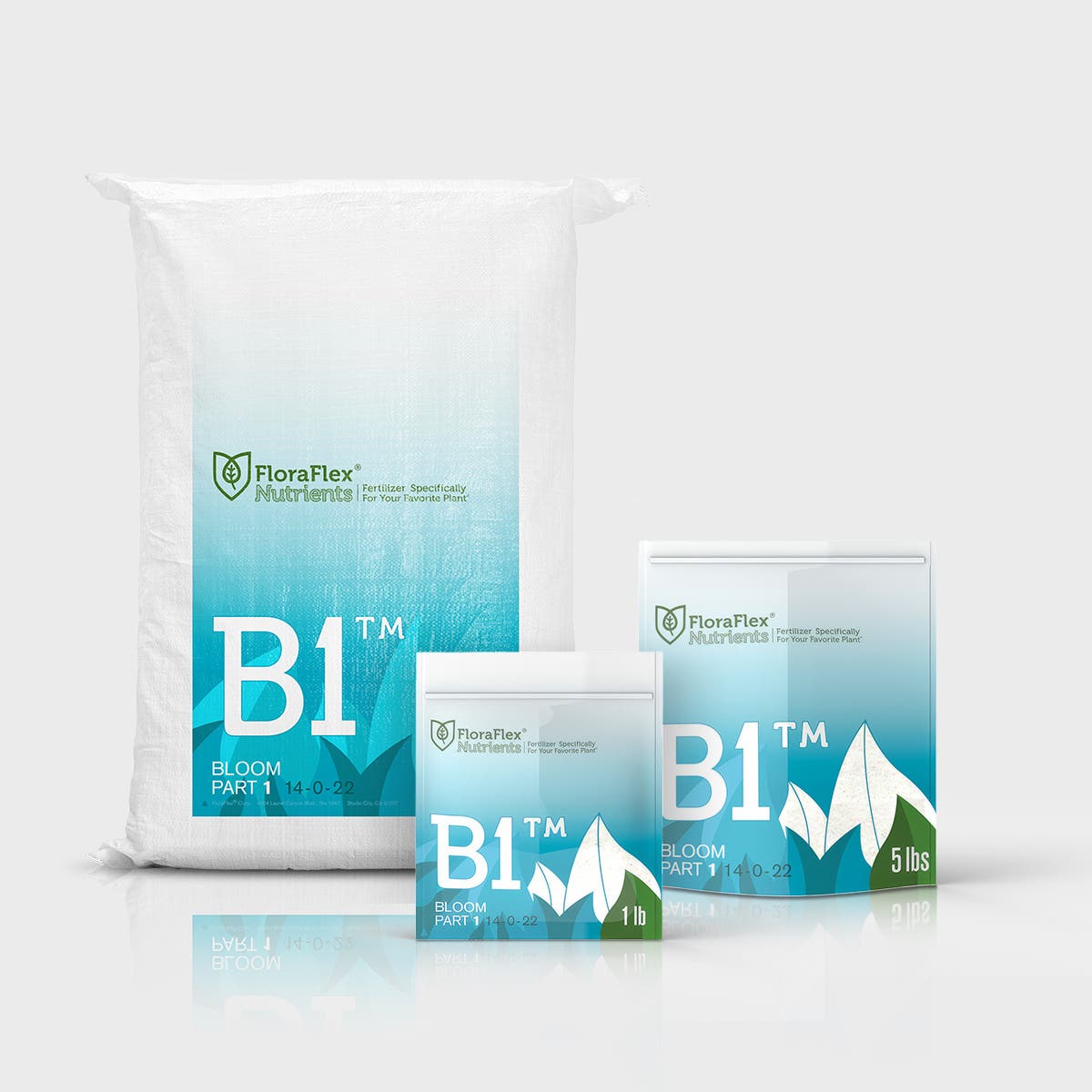In recent years, LED grow lights have become increasingly popular among home horticulturists looking to optimize their indoor gardening spaces. With their energy efficiency and ability to provide the specific light spectrum plants need for growth, LED grow lights are a worthy consideration for any green thumb. However, like any technology, they come with their own set of advantages and potential drawbacks. In this blog post, we will explore both the benefits and the downsides of integrating LED grow lights into your home horticulture setup.
Pros of Using LED Grow Lights
1. Energy Efficiency
LED grow lights are known for their high energy efficiency. They use significantly less electricity compared to traditional lighting solutions such as fluorescent or incandescent lights, making them a cost-effective option for long-term use in home gardening. This can result in lower utility bills and a smaller carbon footprint, which is a win-win for both your wallet and the environment.
2. Customizable Light Spectrum
One of the primary benefits of LED grow lights is their ability to be tailored to emit specific wavelengths of light. This customization can provide plants with the optimal light needed for various stages of growth - from seedling to flowering. For example, Floraflex offers the Patent Pending 400W Full Spectrum LED Grow Light with Custom Diodes and the Patent Pending 900W Full Spectrum LED Grow Light with Custom Diodes designed with this precision in mind.
3. Longevity
LED lights generally have a longer lifespan compared to other grow lights. Many LEDs can last up to 50,000 hours or more, which means fewer replacements and maintenance over time. This durability translates into significant savings and reduced hassle for indoor gardeners.
Cons of Using LED Grow Lights
1. Initial Cost
While running LED grow lights can be cheaper over time, the initial investment can be higher compared to other lighting systems. The technology and customization options that LEDs offer can make them more expensive upfront.
2. Heat Dissipation
Although LEDs produce less heat than traditional bulbs, they can still generate heat that needs to be managed to prevent damage to plants. This may require additional equipment like fans or heat sinks to ensure optimal growth conditions.
3. Complexity
For those new to indoor gardening, the myriad of options and configurations available with LED grow lights might be overwhelming. Choosing the right setup to meet specific plant needs requires research and can be daunting for beginners.
Conclusion
LED grow lights present a promising solution for home horticulturists seeking energy-efficient and customizable lighting for their indoor gardens. While they require a higher initial investment and some understanding of plant light requirements, their long-term benefits often outweigh the initial challenges. Products like the Floraflex 120V LED Power Cord | 10FT provide necessary compatibility and convenience for setting up your LED lighting system.
For more information on how LED grow lights can benefit your indoor garden, visit Floraflex for a variety of solutions tailored to meet your home horticultural needs.

